DOCtalk by Dr. Gregg 11/18/11
Out of the Mouth of Blavatsky
About two and a half years ago, I wrote about one of my weekly channeling visits with my local psychic, Madame Blavatsky. Now lest anyone think that I have relinquished my spirit guides and abandoned my spiritualism swami, I am here to tell you that the voices from the other side are just as strong as ever and I am listening with ears wide open to every ectoplasmic-associated, ethereal echo.
Why just this week I heard the voice of none other than the granddaddy of all modern day medicos, Hippocrates. (Well, it was still Madame Blavatsky’s vocal cords he used, but he assured me it was “Hip” – as he likes to be called these days – himself.)
Who’d guess that, even though he’s no longer in mortal form, Hip had joined the techno-geek reform movement in medicine and has been following all things HIT? He admits that his current state of being limits his direct involvement in furthering the goals of healthcare reform (remember: he was truly the first healthcare reformer!) and that he can now only influence through the likes of Mme. B. Still, he has kept in touch, so to speak, with the world of medicine and he was just dying, so to speak, to offer his insights into the future of the world of HIT – specifically, the world of HIT vendors.
I was entranced.
A spirit horn sounded off in the distance as Hip began to prognosticate on the future of health IT vendors. The table rose ever so slightly as cold breezes brushed the hair standing up on the back of my neck in the dark, windowless room. Hip spoke…
“The realm of HIT as you know it will change quite dramatically over the foreseeable next few years. Many of the companies you have come to know will become quite different or will completely disappear.”
Well, duh. Who didn’t know that? Feeling just a smidge of nonbeliever skepticism sneaking in, I asked if he could just a bit more specific.
“It is hard from this side to see clearly all that is written and sometimes the names may be blurred, but I will do my best to tell you of the fate that awaits some of your dear HIT corporate world.”
His (her?) voice trembled as the next words wafted out.
“The pink Dolte will grow as a bolt. The pink gloves dance, penetrating the world of medicine, is actually a very clever marketing scheme devised to subliminally further their pink propaganda while appearing to promote a very worthy cause. Pure marketing genius.
“Can you spare a dime, mista, for my down and out WistA? Not sure what it means, but I see cataracts ahead instead of clear vision.
“Epoch will shudder without their rudder. Doody Hawkmer will be seen running off, barebreasted, on a banana boat to Bolivia, oodles and boodles of beer money in hand.
“Just as with TWA, Allchirographies will go away. The ‘all marketing and sales approach’ will implode upon itself revealing the dearth of substance and support below.
“Luddites will hate as Siri and Watson mate. Not sure who they are, but their vile progeny will eventually bring about the decline and fall of the entire transcriptionist world, libraries, and every ‘minute clinic’.
“minervahealth shall grow in wealth. There is some perturbation in the future energies, though; a possible dimensional shift may occur in which minerva’s leader is seen boarding the banana boat with Ms. Hawkmer. It appears that heavy doses of Stella Artois will be involved. minerva’s status if their leader heads to La Paz is unclear.
“A Quip in time saves nine. Not sure who’s making the ‘quip’ we’re seeing here, but it appears that Virginia and Pittsburgh are somehow in cahoots for a major disruptive force in HIT.
“A man with no name and his Scandinavian dame. This partial phrase came through the ethers as important, though I’ve no clue as to their relationship to future of HIT…other than it is clear they will be instrumental. Something was there, too, about a Jay or a J, but it was all just so foggy”
Suddenly, my cell phone buzzed which, even though muted, was apparently enough to break our cosmic connection. With another cold blow of wind across my neck, Hip was suddenly gone and all I could hear was what sounded like a dial tone coming from Madame B’s mouth.
I wasn’t certain to exactly whom good old Hip referred with each reference, but I did appreciate his weird little rhymes as they helped me to remember his prognostications long enough to get home and get them written down for posterity. I just know they’ll be important somehow. After all, who’s going to doubt the words of the Father of Medicine? (OK, except that bothersome spirit of Imhotep who kept trying to break through my connection with Hip to reclaim his initial role as medicine’s “real” father. Geez, dude…get a life, so to speak.)
From the trenches…
“Eat, drink, and be merry for tomorrow we shall die.” – Imhotep

Dr. Gregg Alexander, a grunt in the trenches pediatrician at Madison Pediatrics, is Chief Medical Officer for Health Nuts Media, directs the Pediatric Office of the Future exhibit for the American Academy of Pediatrics, and sits on the board of directors of the Ohio Health Information Partnership (OHIP).



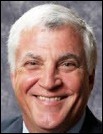
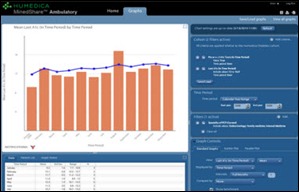
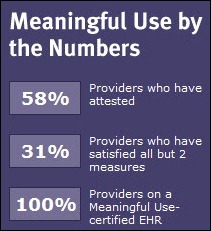
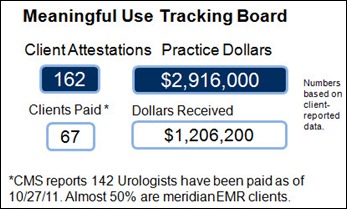
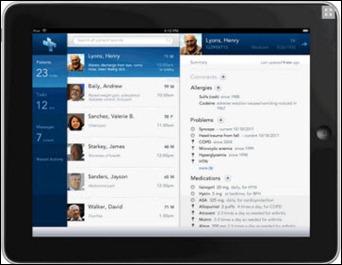


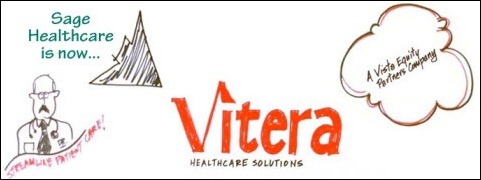
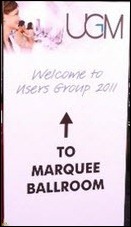
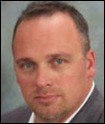




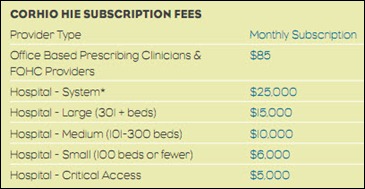

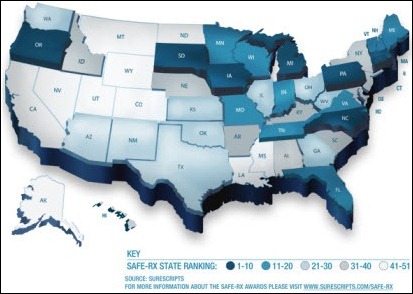
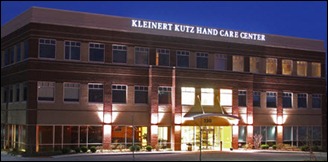
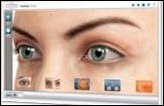
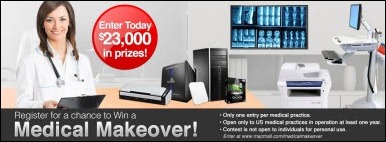

The article about Pediatric Associates in CA has a nugget with a potentially outsized impact: the implication that VFC vaccines…